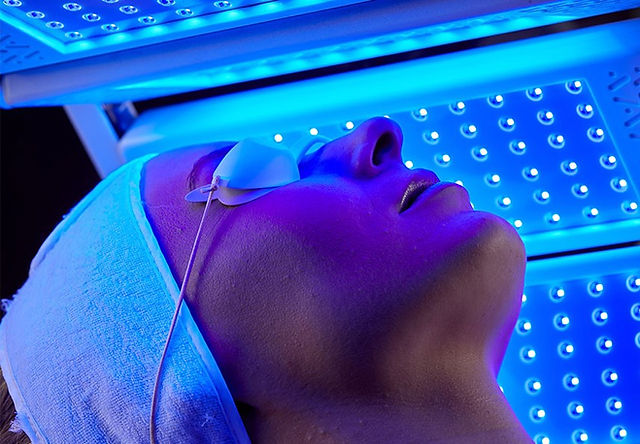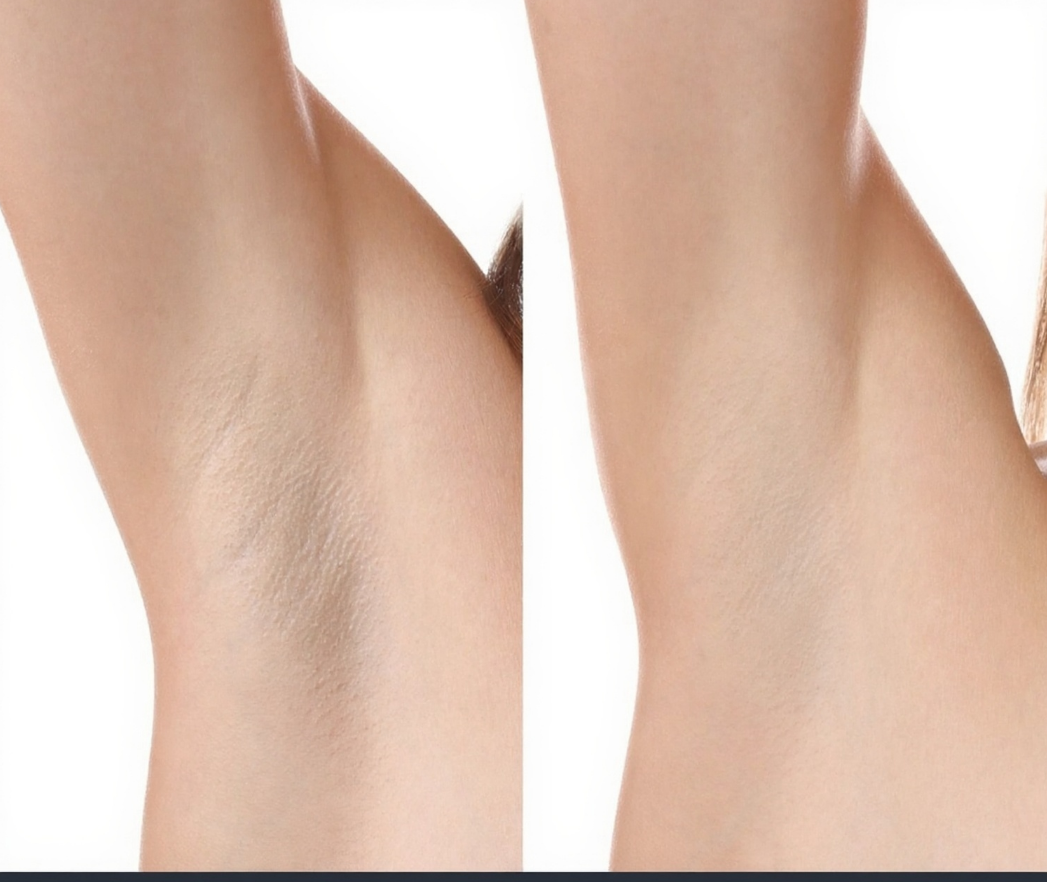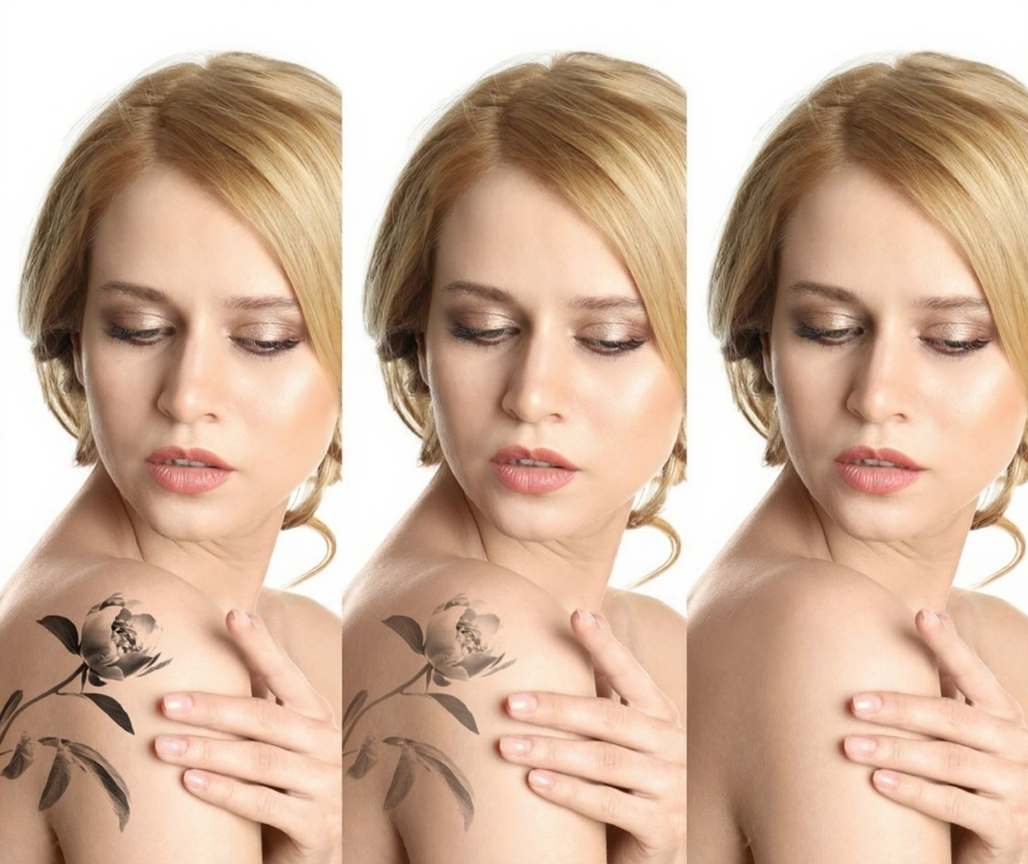Are you curious about LED light therapy and whether it can truly transform your skincare routine? You’re not alone! This fast-growing therapy is making waves with its science-backed benefits. Let’s explore what makes LED light therapy a standout option for skin health, reveal real industry stats, and help you choose the right device for lasting results.
What Is LED Light Therapy?
LED light therapy uses different wavelengths of light to penetrate the skin, targeting various skin concerns without pain or downtime. Originating from NASA research for plant growth and wound healing in space, this groundbreaking technology is now widely available in clinics and at-home devices.
- How it works: Different LED colors (wavelengths) reach various skin layers to stimulate biological processes.
- Popular wavelengths: Red, blue, and near-infrared are most frequently used for anti-aging, acne, and healing.
A Quick History
• NASA originally utilized LED therapy for wound healing in the 1990s.
• By the early 2000s, dermatologists began adapting LED devices for aesthetic treatments.
The Science Behind LED Light Therapy
LED light therapy’s credibility stems from a growing body of scientific research. Here’s how it works at a cellular level:
- Photobiomodulation: Light energy gets absorbed by skin cells, notably mitochondria, triggering increased production of ATP (the cell's energy molecule). This leads to enhanced cellular repair and regeneration.
- Collagen stimulation: Certain wavelengths, especially red and near-infrared, boost collagen and elastin production, leading to firmer skin.
Industry Statistics and Clinical Data
- According to Grand View Research, the global LED light therapy market was valued at USD 751.1 million in 2022 and is expected to grow at a compound annual growth rate of 5.2% through 2030.
- A 2018 Journal of Clinical and Aesthetic Dermatology study reported 77% of participants saw "noticeable improvement" in skin texture after 12 weeks of red and blue LED therapy.
- In a 2020 Dermatologic Surgery meta-analysis, blue light reduced inflammatory acne lesions by 54–72% within 8–12 weeks.
| Statistic | Source | Value |
|---|---|---|
| Global Market Size 2022 | Grand View Research, 2023 | $751.1 million |
| CAGR 2023–2030 | Grand View Research, 2023 | 5.2% |
| Texture Improvement | JCAD, 2018 | 77% of users |
| Acne Lesion Reduction | Dermatologic Surgery, 2020 | 54–72% |
What Are the Types of LED Light Therapy?
Let’s break down the different LED wavelengths and their best uses:
- Red Light (630–700 nm): Promotes collagen production, reduces wrinkles, and improves circulation.
- Blue Light (405–470 nm): Targets acne-causing bacteria, reducing breakouts and inflammation.
- Green Light (520–560 nm): Calms hyperpigmentation, evens out skin tone.
- Near-Infrared (700–1200 nm): Penetrates deeper layers, helps with pain relief and tissue repair.
Table: Common LED Colors and Benefits
| Color | Wavelength (nm) | Key Benefits |
|---|---|---|
| Red | 630–700 | Anti-aging, healing |
| Blue | 405–470 | Acne reduction |
| Green | 520–560 | Calming, pigmentation |
| Near-Infrared | 700–1200 | Deep healing, pain |
Who Can Benefit from LED Light Therapy?
Nearly anyone looking to improve their skin can benefit from LED treatments. Here’s a closer look:
- Acne-prone skin: Blue light drastically cuts the population of P. acnes bacteria.
- Aging skin: Red light smooths fine lines, firms sagging skin, and boosts radiance.
- Sensitive or inflamed skin: Gentle, non-invasive light calms redness and inflammation.
- Post-procedure recovery: Accelerates healing after professional treatments.
LED light therapy is considered safe for all skin types and tones, making it a truly versatile solution for a wide range of concerns.
How Long Does It Take to See Results?
A key question we’re often asked: “How soon will I notice changes?” The answer depends on the condition treated and frequency of therapy.
- Acne reduction: Typically visible in 3–6 weeks, with regular sessions.
- Wrinkle reduction: Most users see results after 8–12 weeks of consistent use.
- General glow: Even after just a few sessions, many notice enhanced skin radiance.
Is LED Light Therapy Safe? Are There Any Side Effects?
Safety is one of LED light therapy’s strongest features. Here’s what you need to know:
- FDA-cleared devices: Most at-home devices carry FDA clearance for safety and efficacy.
- Minimal side effects: The most common are temporary redness or dryness, which generally resolve quickly.
- Non-thermal: Unlike lasers, LEDs do not generate heat, making burns extremely unlikely.
- Non-invasive and no downtime: You can resume your day immediately post-treatment.
When to Use Caution
- Photosensitizing medications: Consult your dermatologist if you use drugs causing light sensitivity.
- Severe skin conditions: Always talk with a health provider before starting any treatment.
People Also Ask: Top LED Light Therapy FAQs
Q: Does LED light therapy really work?
A: Yes—numerous clinical trials show significant improvements in acne, fine lines, pigmentation, and skin texture with consistent use.
Q: How often should I use LED light therapy?
A: For best results, 2–3 times per week is standard for at-home devices. Under dermatologist supervision, clinical devices may be used once a week or biweekly.
Q: Can LED therapy replace my skincare products or professional treatments?
A: No—it’s best used as an enhancement to your current skincare and facials to optimize results.
Q: Are there any groups who shouldn’t use LED light therapy?
A: It’s generally safe, but always avoid if you have a history of photosensitive epilepsy, or are on photosensitizing drugs. When in doubt, check with a dermatologist.
Q: Which is better: at-home or in-office LED treatments?
A: In-office treatments use higher-intensity devices for faster results, but high-quality at-home devices (like those from Hongrui Beauty) offer convenience and noticeable benefits with regular use.
How to Choose an LED Light Therapy Device
With so many devices on the market, here’s a guide for choosing wisely:
- Wavelength accuracy: Look for devices specifying exact wavelengths supported by studies (e.g., red at 630–660 nm for collagen).
- FDA clearance: Opt for FDA-cleared devices to ensure safety.
- Treatment area: Choose between facial masks, wands, or full-panel devices based on your needs.
- Customizable settings: Adjustable intensity and timer options allow for a personalized experience.
- Proven results: Seek brands—like Hongrui Beauty—that publish clinical test results or share real customer success stories.
How Hongrui Beauty Stands Out
At Hongrui Beauty, we’re committed to delivering high-performance LED light therapy devices powered by scientific research and smart design. Our products combine multi-wavelength technology with user-friendly features for real, lasting skin benefits.
Tips for Maximizing Results with LED Light Therapy
To get the most from your LED device:
- Consistency is key: Set a schedule and stick to it.
- Prep your skin: Always clean and dry your skin before treatment.
- Use in synergy with skincare: Apply serums or moisturizers immediately after LED therapy to enhance absorption.
- Be patient: Many see initial improvements within weeks, but optimal changes appear after 2–3 months of regular use.
Myths and Facts About LED Light Therapy
Let’s clear up some common misconceptions:
-
MYTH: “LED therapy is a miracle cure.”
FACT: While highly effective for many, it works best as part of a broader skincare strategy. -
MYTH: “All LED devices are the same.”
FACT: Efficacy depends on wavelength, power output, and quality—choose wisely! -
MYTH: “It’s unsafe for sensitive skin.”
FACT: LED is one of the safest modalities available, with minimal side effects.
Real-World Success Stories
A snapshot from real users helps illustrate what’s possible:
- Case Study – Acne: Jenna, 24, saw a 60% reduction in acne lesions after eight weeks using a Hongrui Beauty red/blue LED mask. Her feedback? “Fewer breakouts, smoother skin—finally confident going makeup-free.”
- Case Study – Anti-Aging: Tim, 55, experienced a visible improvement in skin firmness and reduction of fine lines with red and infrared sessions. He says, “The at-home device was easy to use, and my friends noticed the difference.”
LED Light Therapy vs. Other Popular Skincare Treatments
How does LED compare to laser, chemical peels, and microdermabrasion?
- LED vs. Laser: Lasers are more aggressive, often requiring downtime. LEDs are gentler—safer for sensitive skin and easy to do at home.
- LED vs. Chemical Peels: Peels can cause redness and flaking; LED is non-exfoliating and typically results in no visible irritation.
- LED vs. Microdermabrasion: Both stimulate skin renewal, but LED achieves this internally (cellular level), while microdermabrasion works on the surface.
The Future of LED Light Therapy
What’s next for this innovative approach? Experts predict:
- Integration with smart tech: Expect devices with Bluetooth, app tracking, and AI-guided programs.
- Expanded wavelengths: Research into yellow and purple LED is ongoing.
- Global market growth: More people are discovering LED’s versatility for skincare, hair regrowth, and pain management—driving continued innovation.
Conclusion
LED light therapy is transforming the way we approach skin health—with proven effectiveness, a strong safety profile, and options for every lifestyle. Whether you’re tackling acne, aging, or just want a radiant glow, LED devices like those from Hongrui Beauty make advanced skin technology available in your own home. Why not start your journey toward better skin today?
(Word count: 1,825)





